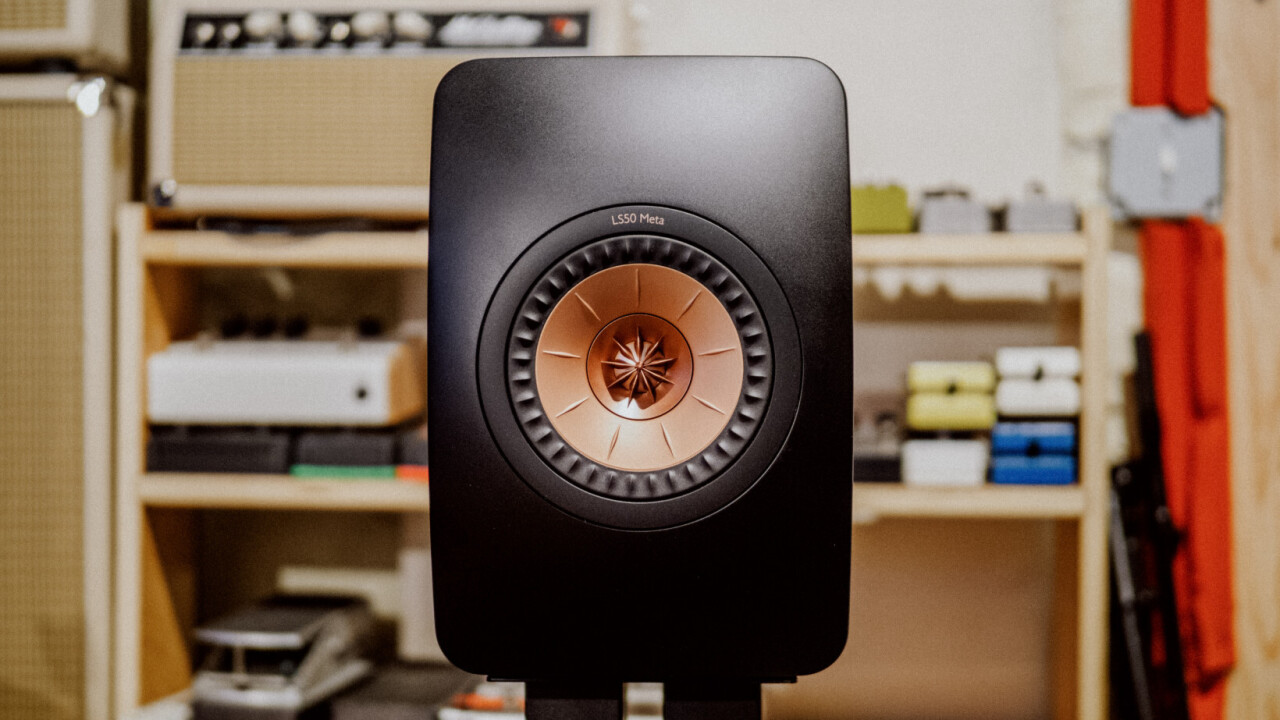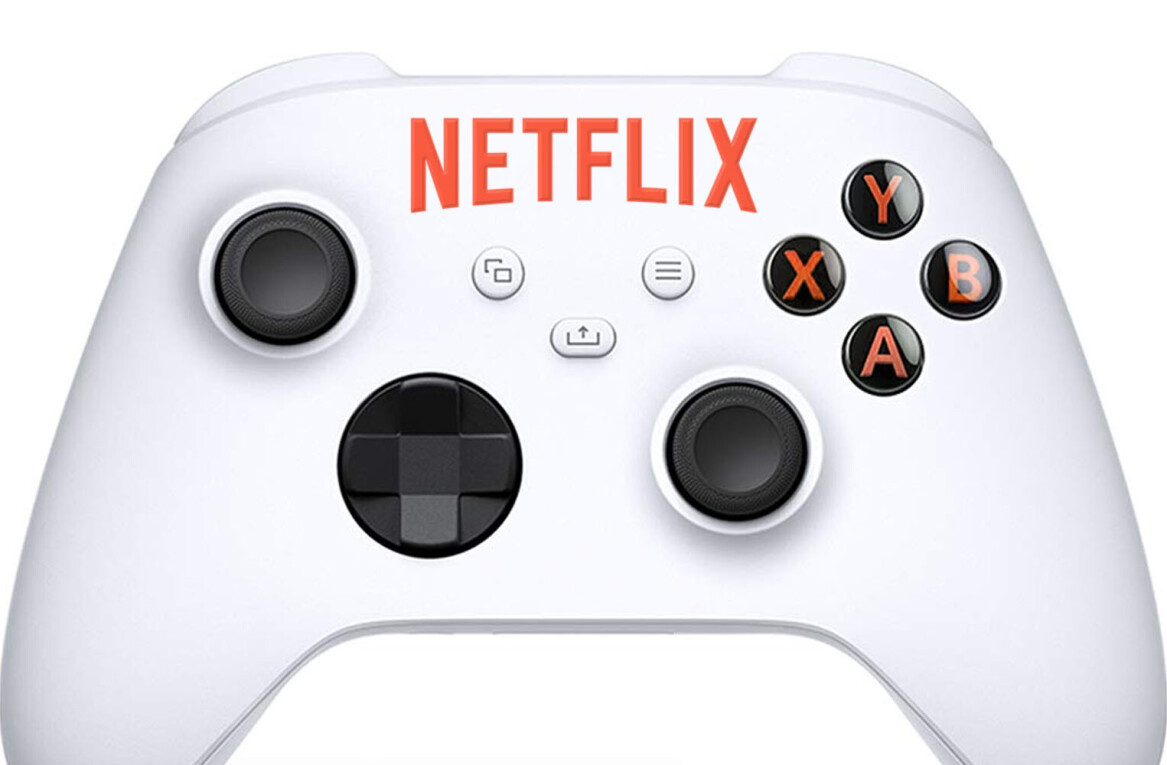
It’s pretty much impossible to navigate an audiophile forum without somebody mentioning KEF’s LS50 speakers within a few pages. Created in 2012 to celebrate the 50th anniversary of another classic by the venerable audio company, the LS3/5a, the LS50 went on to receive rave reviews by media and users alike. The speaker’s coincident ‘Uni-Q’ driver — in which the tweeter and woofer project sound from the same physical point in space — has become iconic.
But if I’m being honest, I never really loved them. They were definitely good speakers, and I did love the wireless version which used built-in digital signal processing to refine the sound, but the original LS50 always struck me as a little harsh and bright.
The new LS50 Meta fixes all that. It is a remarkable little speaker that delivers some of the best performance I’ve seen for a speaker in this price range without DSP. And mercifully, KEF kept the same $1,500 price as its predecessor — expensive for your average person, but very reasonable in the world of audiophilia.
While it looks nearly identical to its predecessor, the LS50 Meta is completely redesigned on the inside, with changes to the cabinet design, port, drivers, and crossover. The most significant change — or the most marketable one, at least — is the use of a new “metamaterial” that sits behind the Uni-Q unit to absorb the rear radiation of the driver that has the potential to muddy the sound.
This metamaterial disc looks like one of those little mazes you played with as a kid:
Each of the ‘paths’ of this maze-like structure is tuned to cancel out a specific frequency, which when combined can “absorb 99% of the unwanted sound radiating from the rear of the driver, reducing distortion and enabling the prevention of audio distraction.” The company goes into detail about this in its whitepaper, to clear results. It’s a truly impressive bit of engineering.
I can’t say how much of an audible difference the metamaterial makes on its own given all of the changes to the new version. The speaker as a whole, however, has transformed into something that is at the state of the art.
The Sound
Out of the box, no “burn-in” required, I thought the LS50 Metas sounded nearly perfect. While I found the original LS50 was a bit on the ‘cold’ and ‘harsh’ side of the neutrality spectrum, the Meta, if anything, tilts ever so slightly in the ‘warm’ direction.
The Meta’s manual recommends listening to the speakers off-axis. This means they should not be pointed directly at your listening position, but rather angled to fire straight forward or at just a slight angle.
Positioned as such, the speakers project a very transparent sound that if anything seemed just a hair laid back. Whether this is a good or bad thing is up to you; I sometimes prefer my speakers to be a little more forward, but some might like the slightly gentle attack on the Metas.
But really, I’m splitting hairs: the overarching impression I got of the LS50 Meta was neutrality and transparency that is basically as good as a studio monitor.

One of the strengths of KEF’s Uni-Q driver is its ability to create a stable soundstage that doesn’t change too much in timbre as you move around your listening position, whether you’re sitting or standing up. That’s present here too, and the Metas nicely balance soundstage width with spectacular imaging precision. I do tend to prefer speakers with a still wider soundstage, such as the Focal Chora 806, but that width usually comes at the expense of imaging — how sharp invisible sources of sound appear to be — so your mileage may vary.
As a small passive speaker, you shouldn’t expect room-shaking bass from the Meta, but they will do a decent job if most of what you listen to is acoustic music — audibly producing sound into the 40Hz region if not too far from a wall. Despite their small size and 5-inch woofer, they also had better dynamics than I expected. Not as good as, the aforementioned Focal, which has a larger woofer without a tweeter taking up space in its center, but better than other 5-inch speakers I’ve tested.

But if you want to take your hi-fi experience to the next level, I always recommend speakers be paired with subwoofers, and the Meta particularly benefits from it. Once I turned my sub on, the Metas seemed to open up now that the 5-inch woofer was relegated to only handling higher frequencies. With a sub handling the lowest frequencies, differences compared to larger speakers become vanishingly small.
Lastly, I should note the LS50 Meta seemed to be exceptionally good at revealing details at low volumes. I’m not sure if this is because of the metamaterial lowering distortion or some other tweak, but it was a quality I repeatedly noticed in my months with the Meta.
The data
As usual, I listen before I perform speaker measurements. But as we’ll see, the data largely reinforces my listening impressions.
Using a technique that allows me to reduce the influence of reflections from my measurements, I can approximate the speaker‘s “true” sound as it would be measured in an anechoic chamber. We begin with a graph called a ‘spinorama,’ so-called because it involves rotating the speaker around its horizontal and vertical axes to capture its sound at 70 different angles.
The spinorama summarizes those multitudinous data points into one simple graph, giving us a useful summary of both the speaker‘s direct sound and how it radiates sound into a room. This single graph is usually enough to separate the good speakers from the bad ones.
Here is the spinorama I captured for the LS50 Meta:

Explanations of how to interpret these lines are provided over at Speaker Data 2034 and Audioholics. Here’s my summary if you think the above lines might as well be rainbow spaghetti:
- The On-Axis and Listening Window curves represent the ‘direct’ sound of the speaker before any reflections, and they should be relatively flat. The On-Axis is measured with the speaker aimed directly at the microphone, while the Listening Window is an average of 9 measurements within a ±30° horizontal ±10° vertical window. This accounts for the fact most people don’t sit perfectly still or centered, so it is generally the more important of the two. As the first and loudest sounds to arrive at our ears, the direct sound has a huge impact on our perception of tonality.
- The rest of the curves focus on the indirect, or ‘off-axis’ sound — the sound that will reflect off your walls. The Early Reflections is particularly important, as it is an average of several angles that estimate the very first bounces off your walls, floor, and ceiling to reach your ears. These reflections contribute significantly to our impressions of tonality and soundstage (the latter being particularly affected by horizontal reflections).
- The ER curve should generally tilt down by roughly 8-10dB from 20Hz to 20kHz, though it can vary for speakers with unusual directivity characteristics. The most important thing is that its shape roughly match the direct sound, indicating the reflected sounds are similar in character to the direct sound.
- The Sound Power curve represents an average of the speaker‘s sound in all directions. It’s not as useful as the other curves for speakers that mostly radiate sound forward, but it should generally look like an even steeper version of the ER curve.
- The Predicted In-Room Response curve estimates how a speaker will measure in a real room by combining data from the LW, ER, and SP curves. For the majority of speakers, the PIR curve looks very similar to the Early Reflections curve, so it is often omitted.
- The Directivity Index and Early Reflections DI curves tell us how similar the off-axis sound is to the direct sound. These are calculated by subtracting the Sound Power and Early Reflections curves from the Listening Window, respectively. Smooth DI curves suggest the off-axis and direct are similar, which bodes well for the soundstage. Good DI curves also imply a speaker will respond well to equalization.
- You generally don’t have to worry about what happens above 10kHz, as most people can’t hear much up there and music tends to have little content in this region anyway.

The LS50 Meta performs almost perfectly in all metrics. Its one significant flaw is a scoop centered around 2.5 kHz, and this is likely the source of the slightly laid back sound I noticed in my listening impressions (check out this article for more on how different deviations can affect sound). Some people might not even mind this dip, as it affects the region where our ears are most sensitive.
On-axis, the speaker has a slight amount of excess energy at 4kHz, but it is essentially irrelevant as the speaker is designed to be heard off-axis.
But wait, there’s more! In an extremely rare act for a big-name audio company, KEF publicly provides a spinorama of its own its whitepaper. I have digitized that data and matched its scale for ease of comparison with my own:

If anything, KEF’s data looks slightly worse than my own; it’s a relief to see this kind of transparency from a mainstream manufacturer.
On the whole, the data is very similar, except KEF’s shows a slighty more tilted response, pointing to a bit of a warmer sound than the data I captured. There are greater deviations in the on-axis curve, which I probably missed because it only happens when the microphone is very precisely aligned with the center of the Uni-Q unit. But again, these deviations are virtually irrelevant, as the speaker is not meant to be listened to perfectly on-axis. The Listening Window is a better representation of what you will be hearing.
If we take a more granular look at the speaker’s horizontal response, we can see the sound changes very smoothly as you move off-axis.

This is a good thing, and it is arguably the most important part of a good soundstage. We want the sound that reflects off of our walls to imitate the direct sound for an accurate and stable soundstage. I even think it’s a bit smoother than KEF’s own R3, which costs $500 more. You can also see how the graph is smoother around 20-30 degrees off-axis than directly on-axis.
For more of a ‘big picture’ view of the soundstage, it can be useful to make a few averages of these curves. Below we estimate the reflections off walls to the ‘Front,’ ‘Side,’ and ‘Rear’ of the speaker, as well as the Total Horizontal Reflections — an average of these three curves.

This is excellent performance. You can see the sidewall reflections are very close in shape to the direct sound, predicting good soundstage performance. The Horizontal ERDI curve in yellow represents how close the averaged horizontal reflections are to the listening window, and we see the smooth curve we’re looking for in order to achieve good spatial presentation.
Another way we can visualize the horizontal response is what we call a contour plot or polar map. It shows how the speaker’s sound changes as you move away from the reference axis on the horizontal plane:

This is nearly as good as it gets.
Turning to the vertical performance, we see one of the Meta’s greatest strengths relative to its competitors. Speakers with vertically separated woofers and tweeters — which is to say, the vast majority of them — almost always show major deviations in the sound on the vertical axis. While these do not affect the soundstage too much, they can have a significant effect on tonality.
Because the LS50 meta uses coaxial drivers, vertical performance is as good as the horizontal performance. If we look at the ceiling and floor reflections, for instance, they closely mimic the direct sound as well:

Most speakers start to look very uneven in these measurements. These ceiling and floor reflections often introduce a dip around a speaker’s crossover, where the woofer ‘hands off’ the sound to the tweeter.
We can also see how you don’t have to be too careful about placing the speakers below or above your ears:

The sound barely changes as you move 5,10, or 15 degrees above the speaker, ensuring the speaker will still sound good while standing up as well (as the speaker is vertically symmetrical, the response is identical below the speakers, too).
Lastly, we can see in the polar map that the LS50 Meta’s vertical response closely mirrors the horizontal response.

One benefit of this controlled vertical directivity is that the LS50 Meta is one of the few speakers that sounds pretty much the same if oriented horizontally. That means you can lay the speaker on its side to use it as a center speaker for a home theater setup — or if it works better for your home’s aesthetics.
Each of these graphs shows remarkable technical performance, especially for a $1,500 passive speaker. If you really wanted to, you could EQ the dip around 2.5kHz for that extra ounce of neutrality, but again, I’m splitting hairs. The LS50 Meta is an exceptional piece of engineering.
Add a subwoofer or two to fill out the bass and free up the woofer, and the Metas could be endgame level speakers.
Living up to its reputation
The original LS50 are practically legendary, but I was never sure they really lived up to their hype. I have no such doubts about the LS50 Meta.

The tweaks to its sound may be subtle in the grand scheme of things, and owners of the original LS50 may not find them big enough to merit an upgrade. But at this level of performance, it is the small changes that can transform a good speaker into a truly great one.
For $1,500, I’m not sure there is another speaker in the category that can cleanly surpass the LS50 Meta; at best you will likely get “different,” not “better.” Especially if properly integrated with a subwoofer, the LS50 Meta does pretty much everything right.
Get the TNW newsletter
Get the most important tech news in your inbox each week.




